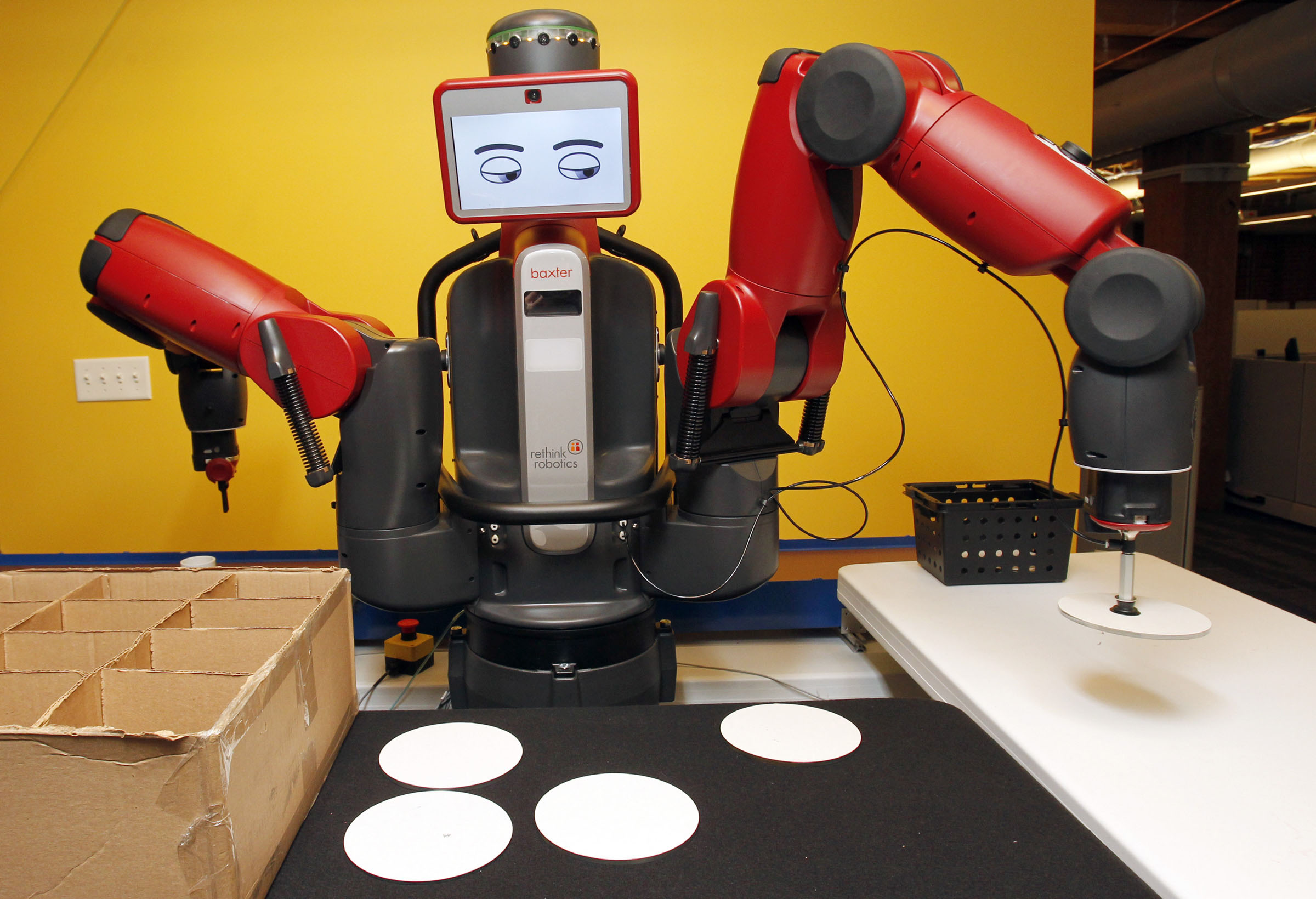At Massachusetts Institute of Technology, a management robot is learning to run a factory and give orders to artificial coworkers, and a BakeBot robot is reading recipes, whipping together butter, sugar and flour and putting the cookie mix in the oven. At the University of California at Berkeley, a robot can do laundry and then neatly fold T-shirts and towels.
A wave of new robots, affordable and capable of accomplishing advanced human tasks, is being aimed at jobs that are high in the workforce hierarchy.
The consequences of this leap in technology loom large for the American worker — and perhaps their managers, too. Back in the 1980s, when automated spray-painting and welding machines took hold in factories, some on the assembly line quickly discovered they had become obsolete.



